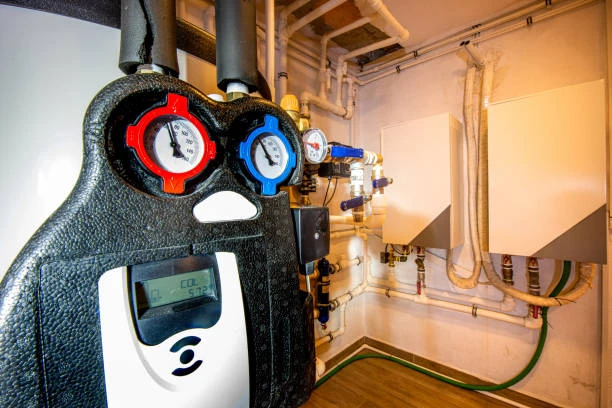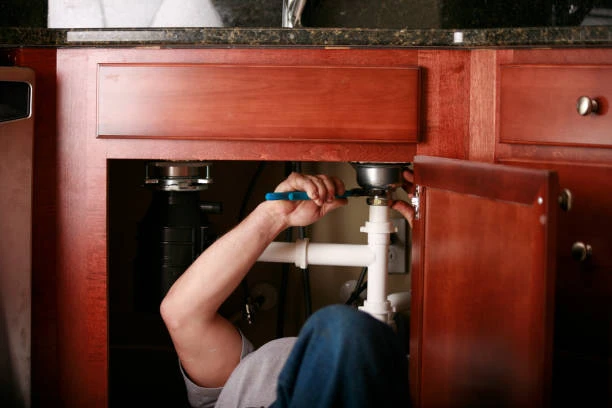In a recent development, the Water and Facilities (WAF) team worked tirelessly overnight to fix a damaged washout valve at the Savura water facility. This quick action highlights the importance of proper maintenance and rapid response to prevent larger disruptions in the water distribution system. A washout valve is an essential component of water infrastructure, and when it malfunctions, it can lead to serious issues, including water contamination, pressure fluctuations, or system failures. This article explores the role of the washout valve, the causes behind its failure, the repair efforts by WAF, and the significance of timely maintenance in preventing future breakdowns.
What Is a Washout Valve?
Definition of a Washout Valve
A washout valve is a specialized valve used in water distribution systems to flush out sediment, debris, and other contaminants from pipes. These valves are typically installed at specific points along the pipeline, where they can be opened to allow for the expulsion of unwanted materials. This cleaning process helps maintain the quality and efficiency of the water supply system, ensuring that the pipes remain clear and the water quality remains high.
Purpose of a Washout Valve
Washout valves serve several crucial purposes in a water system:
- Preventing Blockages: By removing sediment buildup, washout valves help prevent blockages that could cause pressure imbalances or disruptions in the water flow.
- Maintaining Water Quality: Flushing out debris prevents contamination and ensures that the water remains clean and safe for consumption.
- Reducing Maintenance Costs: Regular use of washout valves reduces the need for more extensive and costly repairs by keeping pipes free from buildup.

The Incident at Savura
What Happened?
At the Savura facility, the washout valve malfunctioned, causing a significant disruption in the water treatment process. The valve’s failure led to a buildup of sediment in the pipeline, potentially compromising the water quality and flow. This issue was detected during a routine inspection, prompting immediate action by the WAF team.
Why Was Immediate Action Required?
Failure to repair the washout valve could have resulted in more severe problems, such as:
- Contaminated Water Supply: Sediment buildup can lead to discolored or polluted water, making it unsafe for use.
- Pressure Issues: Accumulated debris can restrict water flow, causing pressure imbalances that could affect the entire system.
- Long-Term Damage: If left untreated, the blockage could have caused permanent damage to the infrastructure, leading to more expensive repairs or even a complete system shutdown.
Recognizing the urgency of the situation, WAF teams decided to work overnight to repair the valve and restore normal function to the system.
The Importance of Timely Valve Repairs
Why Washout Valve Maintenance Is Crucial
Washout valves are a key component of the water distribution system, and their failure can lead to significant disruptions in service. Timely maintenance and prompt repairs are essential for several reasons:
- Maintaining Water Flow:
A damaged or clogged washout valve can restrict water flow, impacting residents and businesses that rely on a steady water supply. - Ensuring Water Safety:
Without regular flushing of debris, the water supply can become contaminated, posing a public health risk. - Avoiding Larger Failures:
Neglecting valve issues can lead to more severe failures. Which including ruptured pipes or extensive water losses, both of which are costly to repair.
By addressing issues with washout valves promptly, the WAF team prevents these larger problems and ensures that the water distribution system continues to function smoothly.
The WAF Team’s Response
Overnight Repair Effort
The WAF team, recognizing the urgency of the situation, mobilized quickly to address the damaged washout valve. The repair process involved several key steps:
- Identifying the Problem: The first step was locating the exact cause of the valve malfunction. Technicians performed a thorough inspection of the valve and surrounding infrastructure.
- Shutting Off the System: To prevent further damage and ensure worker safety. The water supply was temporarily shut off while the repair work was underway.
- Replacing the Damaged Valve: The faulty valve was carefully remove and replace with a new, fully functional unit. This process required specialized tools and expertise to ensure a proper fit.
- Flushing and Testing: After the new valve was install. The system was flush to clear any residual debris and tested to ensure that it was functioning as expected.
Ensuring Minimal Disruption
To minimize the impact on residents and businesses, the WAF team communicated clearly about the repair timeline and kept affected parties informed throughout the process. The goal was to restore normal water service as quickly as possible, ensuring minimal disruption to daily life.
How Washout Valve Failures Are Prevented
Routine Inspections
Regular inspections are the first line of defense in preventing washout valve failures. By checking valves for signs of wear, corrosion, or malfunction, utility companies can identify potential issues before they cause significant problems.
Preventative Maintenance
Preventative maintenance for washout valves involves:
- Lubricating moving parts to ensure smooth operation.
- Cleaning the valve regularly to prevent sediment buildup and ensure it opens and closes properly.
- Testing the valve’s functionality periodically to ensure it is operating at full capacity.
Upgrading Infrastructure
As water systems age, it becomes increasingly important to replace outdated valves and pipes with more durable, modern components. Upgrading the infrastructure helps prevent the types of failures seen at Savura and ensures that the water supply remains reliable and safe.
The Impact of the Repair on Savura Residents
Water Service Disruption
While the repair was necessary, it did result in a temporary disruption to water service for Savura residents. The shutdown of the system was brief but affected several households and businesses. The WAF team worked diligently to minimize downtime and restore service as quickly as possible.
Communication with Residents
To keep residents informed, WAF utilized local communication channels such as social media, email alerts, and public notices. These updates provided residents with accurate information about when water service would be restore and offered guidance on how to prepare for the outage.
Preventing Future Valve Issues
Long-Term Solutions
To prevent similar issues in the future, WAF has implemented several strategies:
- Upgrading Valve Components: Replacing outdated valves with more durable and efficient models will reduce the likelihood of future failures.
- Increased Monitoring: Installing sensors and advanced monitoring systems in key areas of the water distribution system will allow for real-time tracking of valve performance, helping to detect issues early.
- Public Education: WAF plans to educate residents on the importance of water system maintenance and encourage reporting of any unusual issues with water flow or quality.
Conclusion
The quick and efficient response by the WAF team to fix the damaged washout valve at Savura demonstrates the importance of proactive maintenance and the critical role that washout valves play in ensuring a safe and reliable water supply. By addressing the issue overnight, the team minimized disruptions and restored normal water service to residents. As Savura and other communities continue to invest in their water infrastructure, these efforts will help prevent future breakdowns and ensure that clean, safe water is always available.
FAQs
1. What is a washout valve, and why is it important?
A washout valve is a valve useful in water systems to flush out sediment and debris from pipes. It helps maintain water quality and prevents blockages in the system.
2. How often should washout valves be maintained?
Washout valves should be inspected and clean regularly as part of routine maintenance to ensure they function correctly and prevent sediment buildup.
3. What caused the washout valve failure at Savura?
The valve failure was likely cause by a combination of factors, including wear and tear. Which led to its malfunction.
4. How long did the water disruption last in Savura?
The water disruption was temporary, and the WAF team worked overnight to repair the valve and restore service as quickly as possible.
5. How can I report issues with my local water system?
Residents should contact their local water utility or municipal office to report any issues with water supply or quality.


















